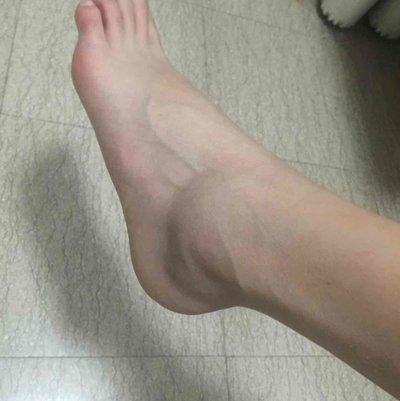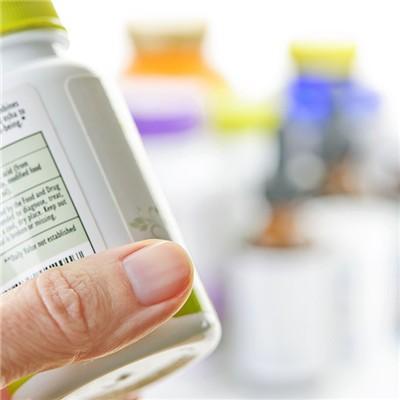Symptoms of solar dermatitis?
summary
Sunshine dermatitis, also known as sunburn or sunburn, is an acute inflammatory reaction of normal skin after exposure to the sun. It is characterized by erythema, edema, blisters, pigmentation and desquamation. This disease is common in late spring and early summer, especially in children, women, skiers and water workers. The intensity of reaction is related to light intensity, exposure time, individual skin color, physique and race. Symptoms of solar dermatitis? Let's talk about it
Symptoms of solar dermatitis?
In spring and summer, after several hours to more than ten hours of sun exposure, clear red spots and bright red appear on the exposed parts, and blisters and erosion may appear in severe cases; Subsequently, the color of erythema became dark and desquamated, leaving pigmentation or decreased.
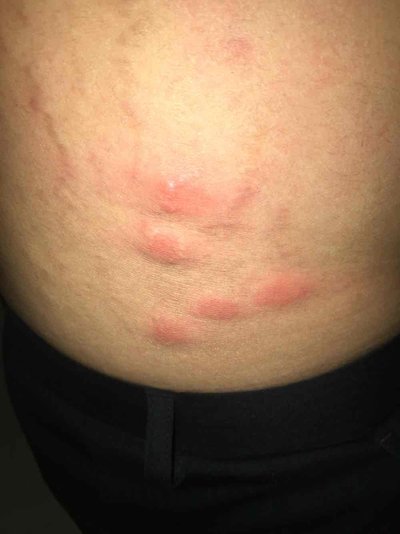
Conscious burning or tingling, often affect sleep. The mild cases were cured in 2-3 days, and the severe cases were recovered in about a week. Conjunctival hyperemia and eyelid edema may occur in some patients. If the area of sun exposure is wide, it can cause systemic symptoms, such as fever, chills, headache, fatigue, nausea and general discomfort, or even palpitation, delirium or shock.
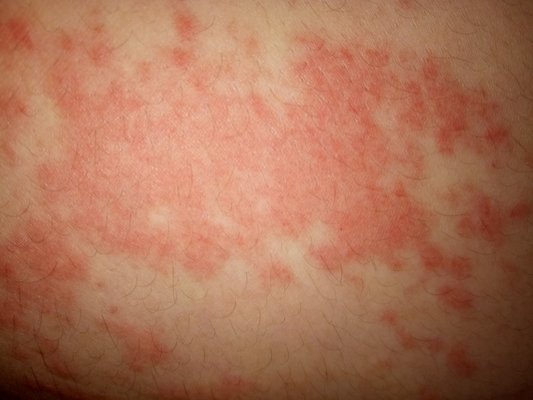
A few hours to more than 10 hours after the sun exposure, the skin exposed to the sun appeared edema and erythema with clear boundary, blisters in severe cases, and obvious burning or tingling sensation on the affected area. The symptoms usually reach the peak within 24 hours. After the erythema edema subsides, there are chaff like or large scale desquamation and mild pigmentation. Severe cases may be accompanied by headache, palpitation, nausea, fever and other systemic symptoms.
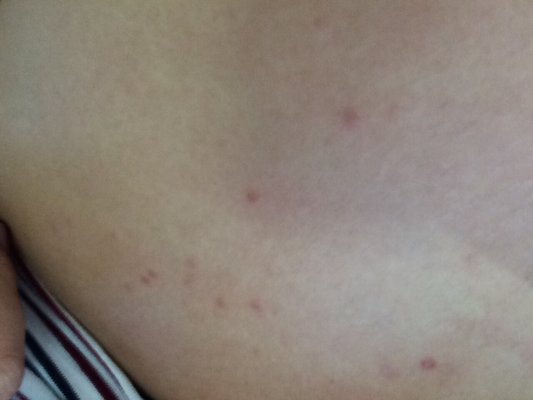
matters needing attention
Often take part in outdoor exercise to enhance the skin's tolerance to the sun; Try to avoid outdoor activities or reduce the activity time when the sunlight is strongest from 10 am to 2 pm; Avoid sun exposure, and pay attention to protection when going out, such as umbrella, wide brimmed hat and long sleeve clothes; If it is outdoors, it is recommended to use sunscreen with SPF 15 or above routinely, and highly effective sunscreen with SPF30 or above should be used for those with severe photosensitivity.










